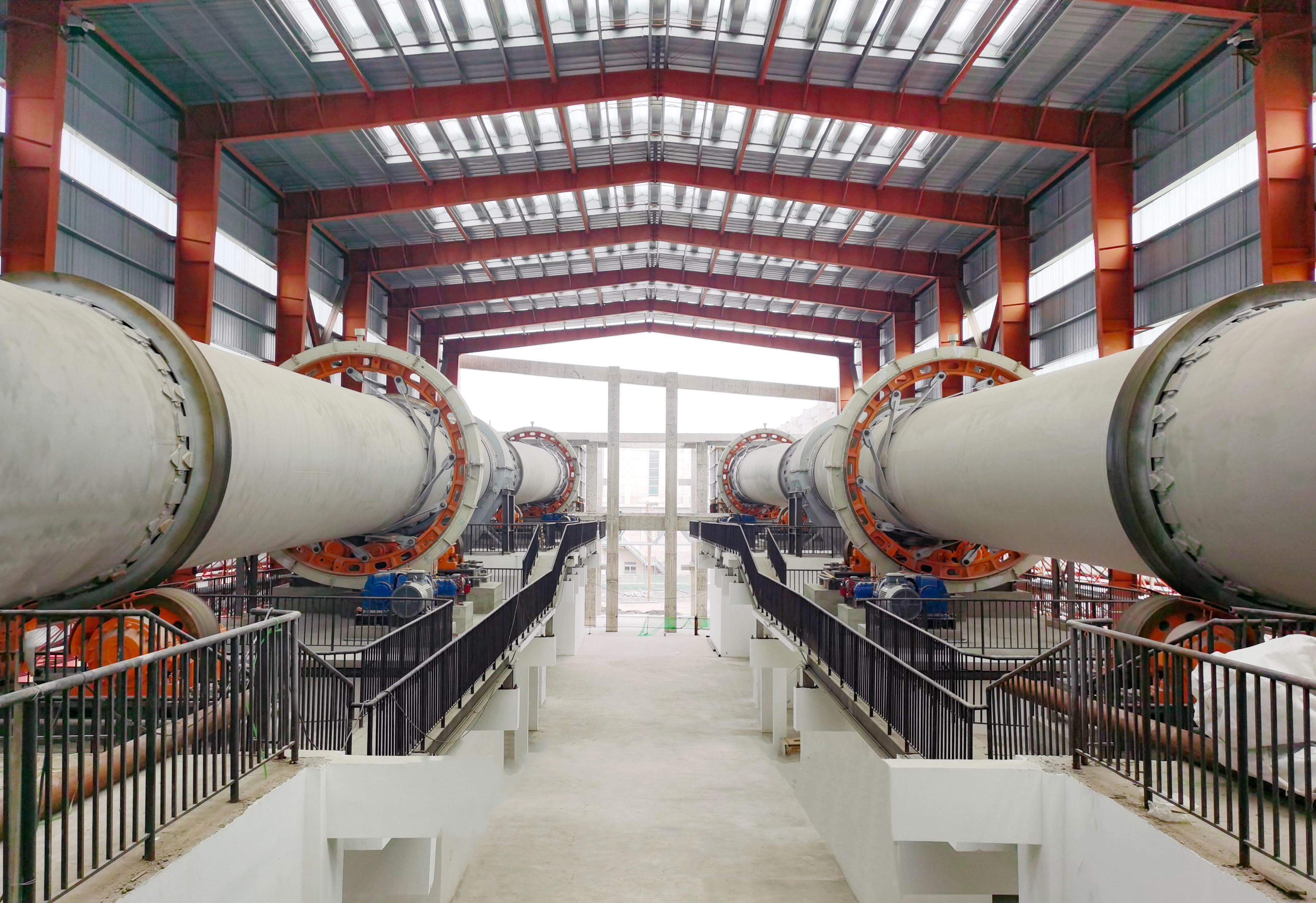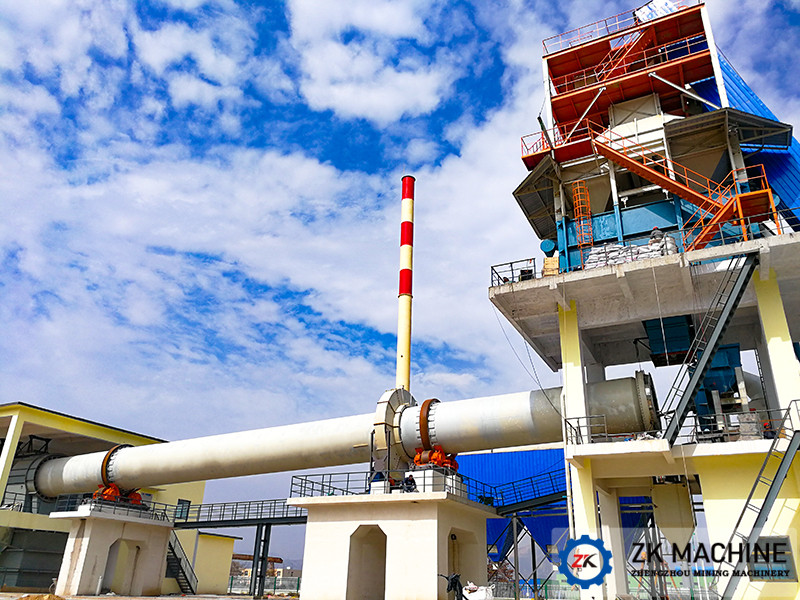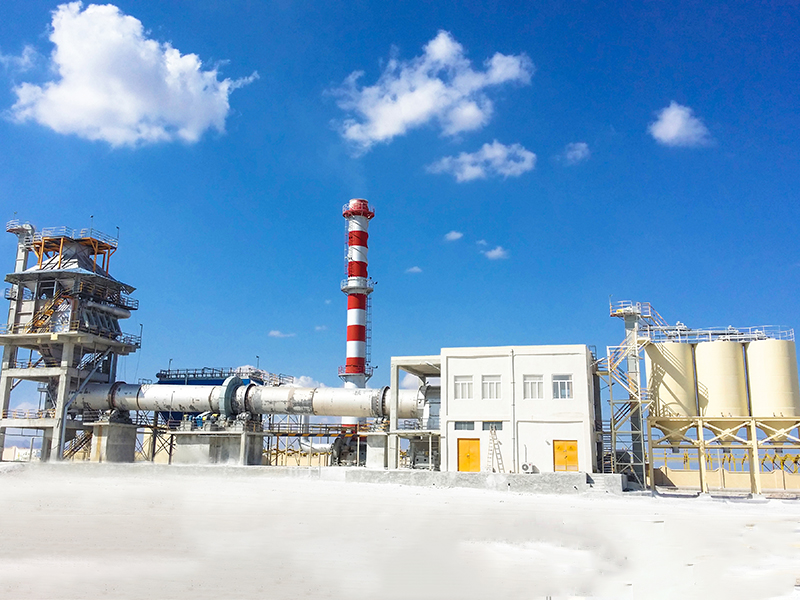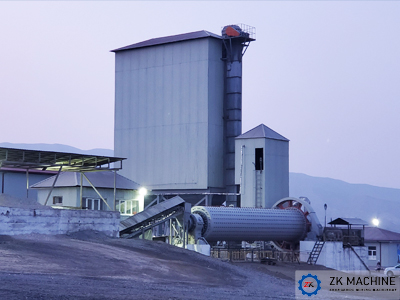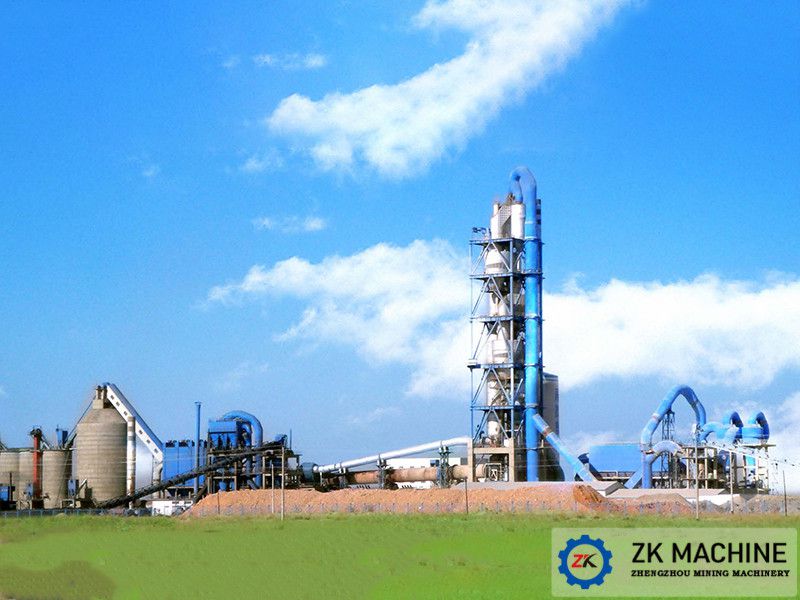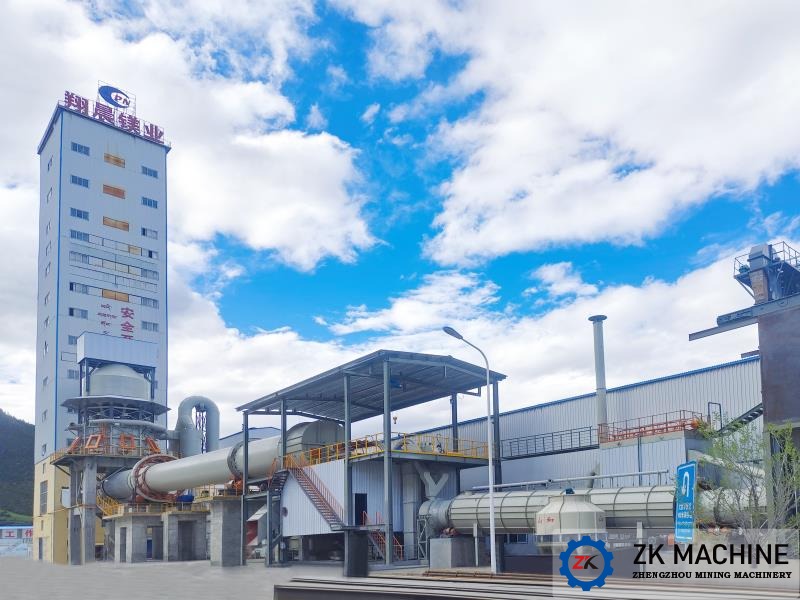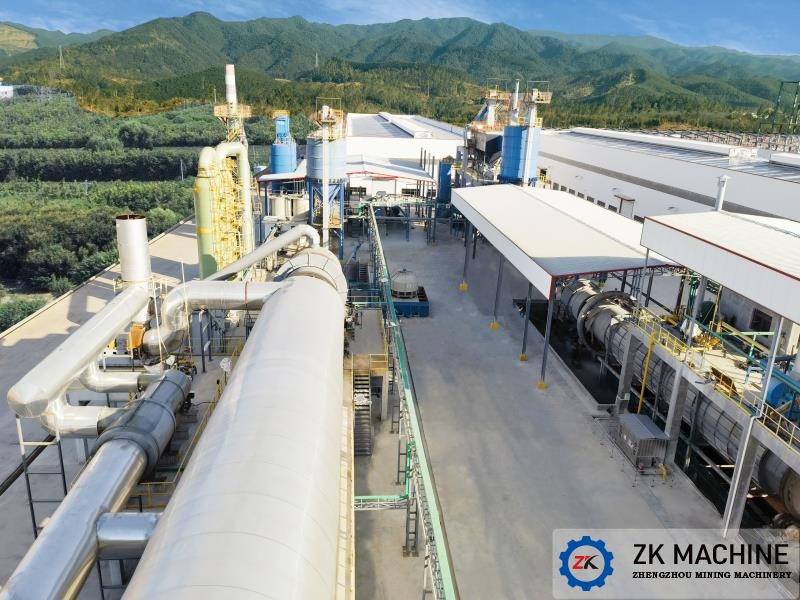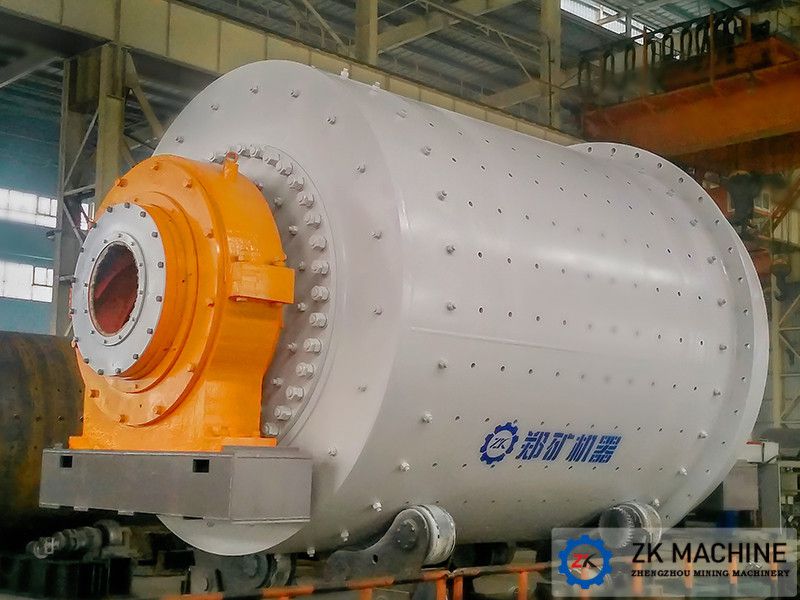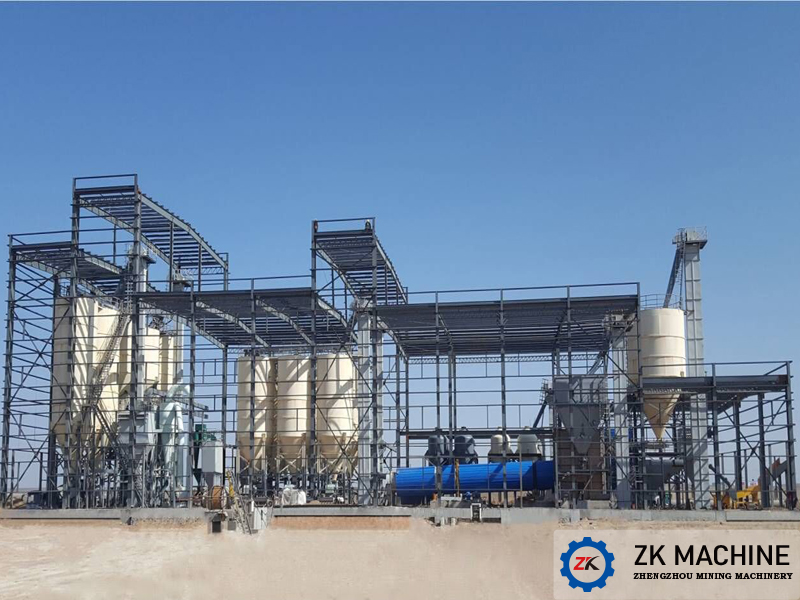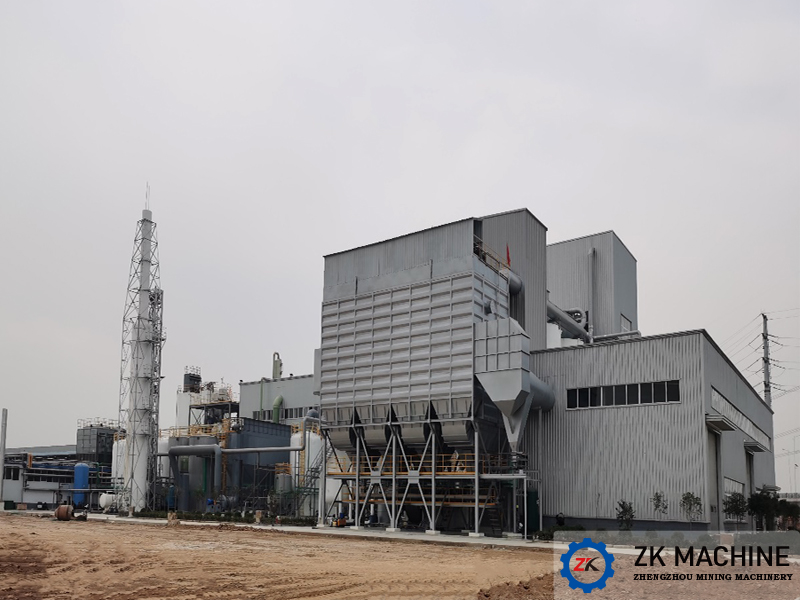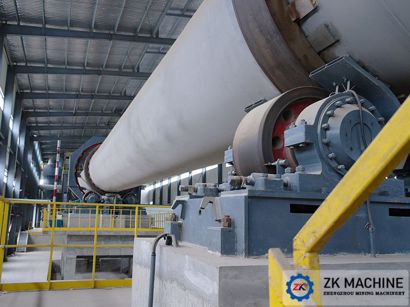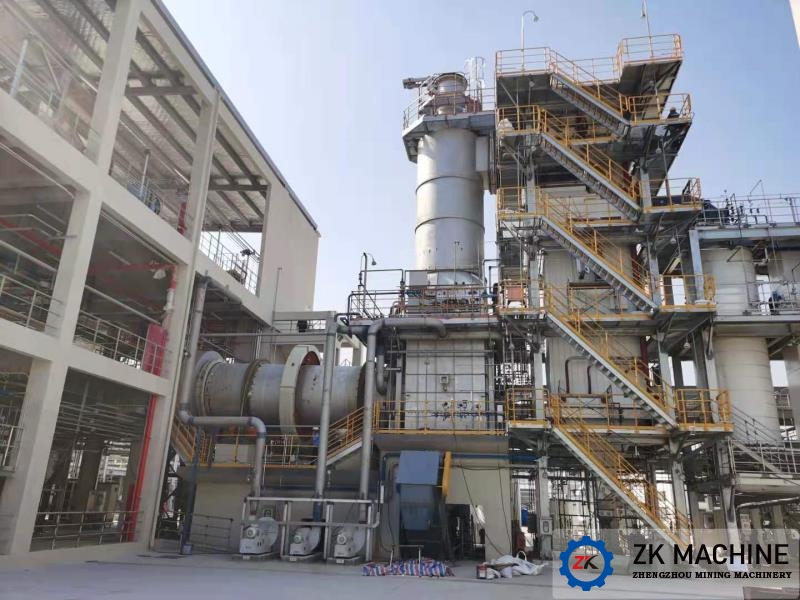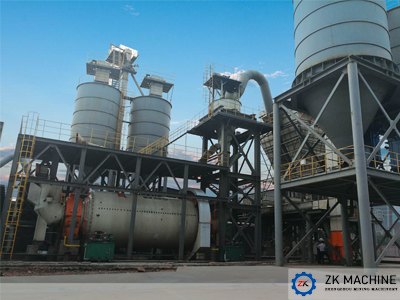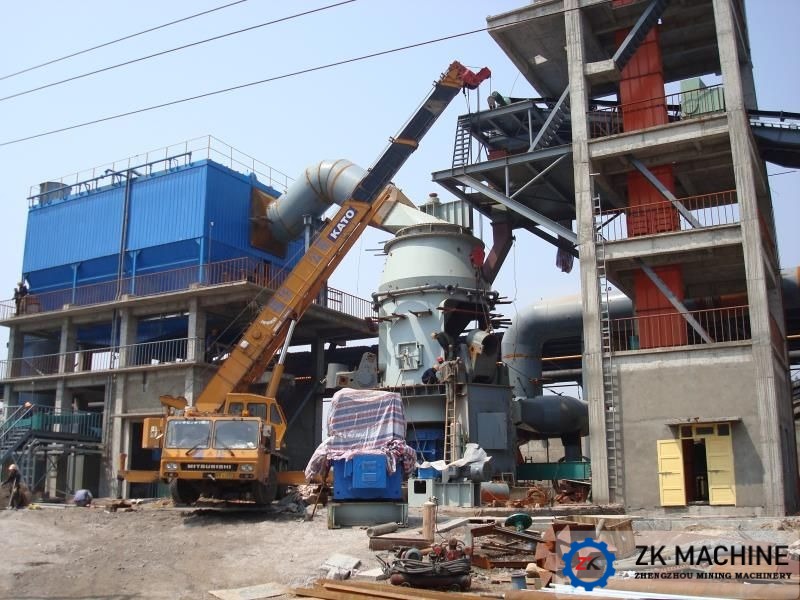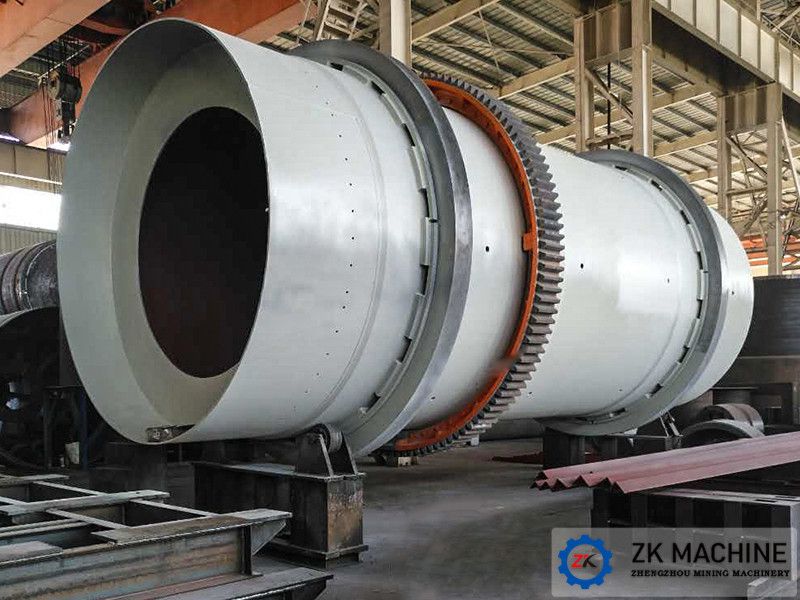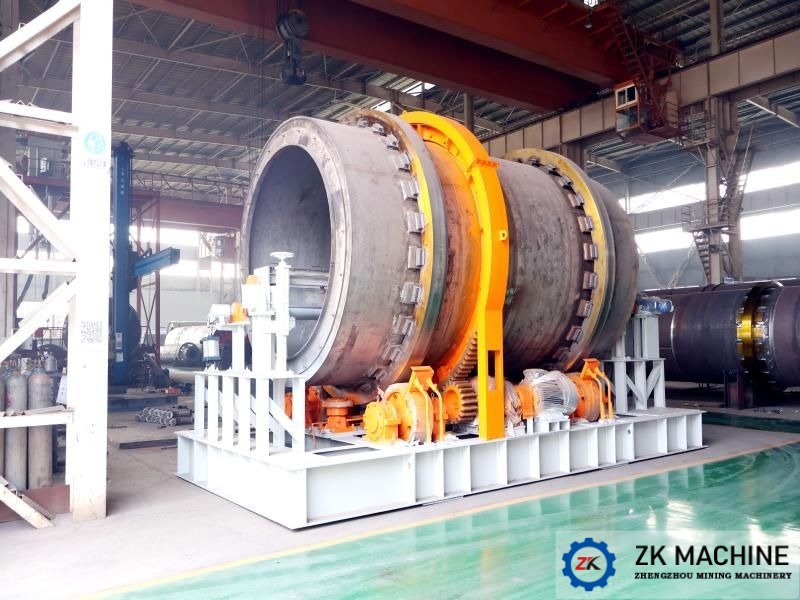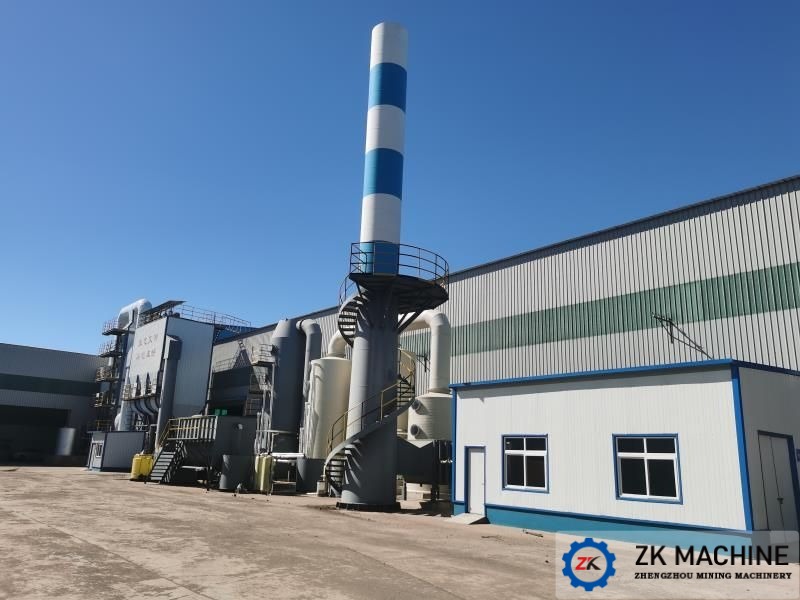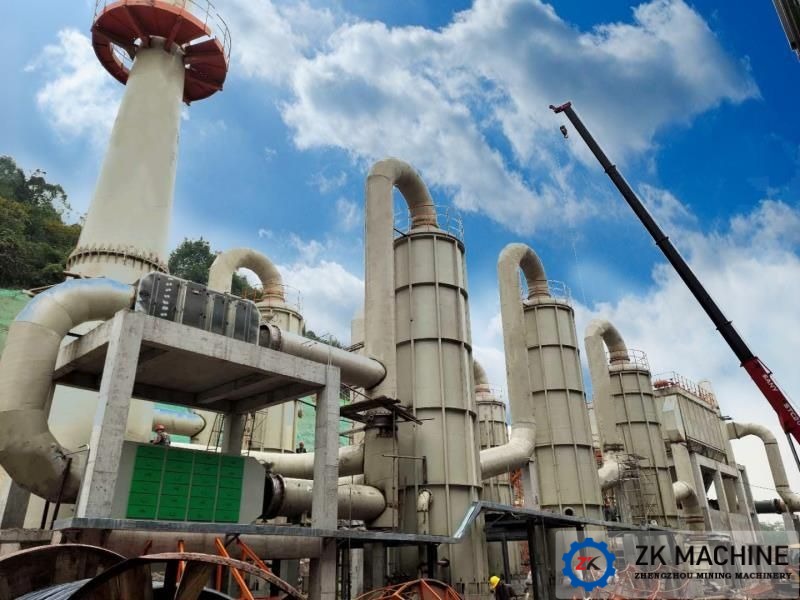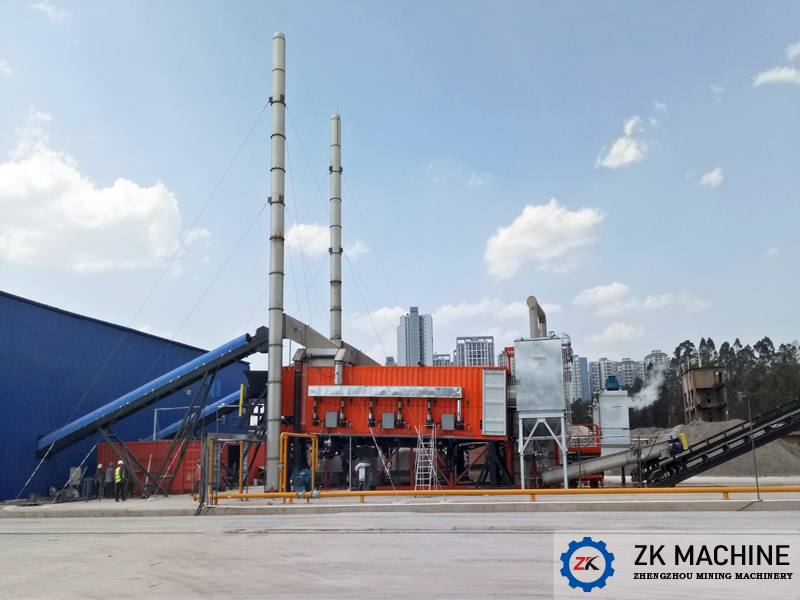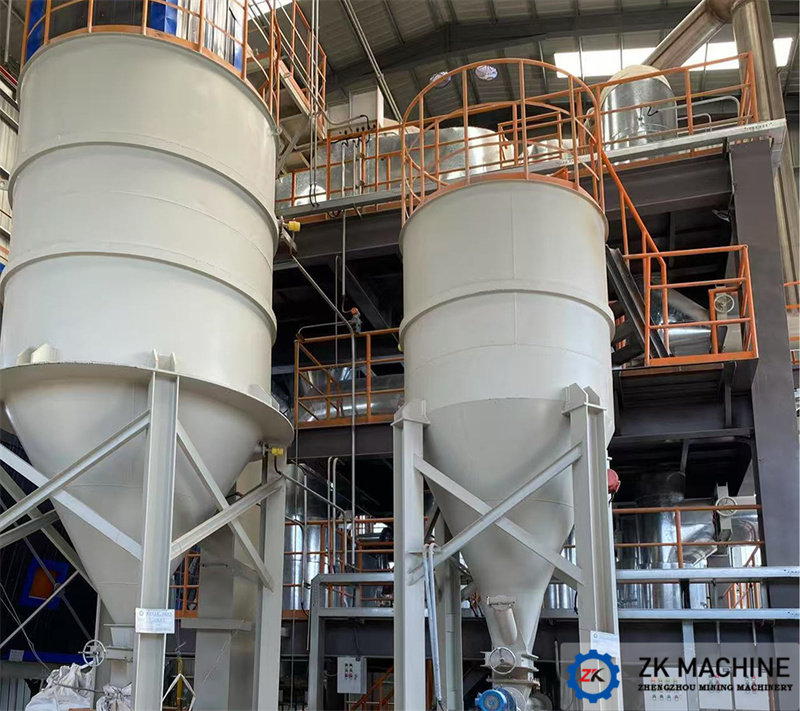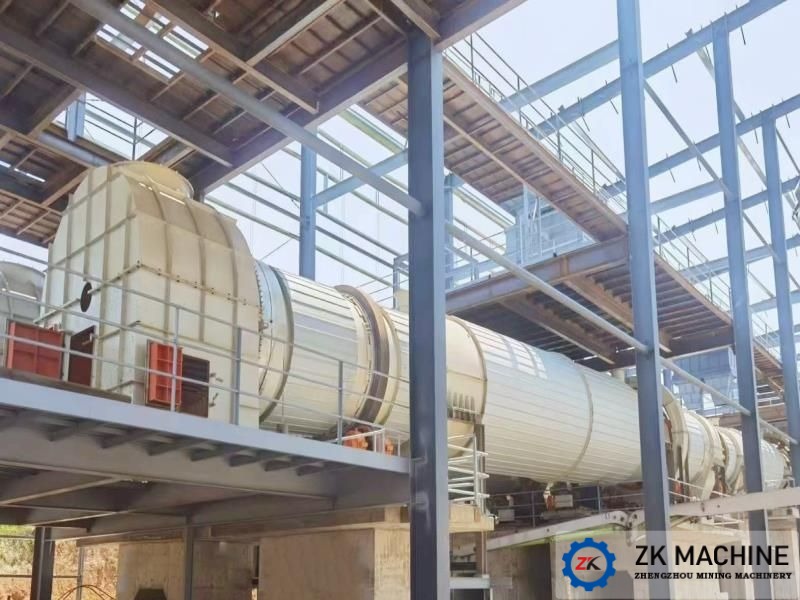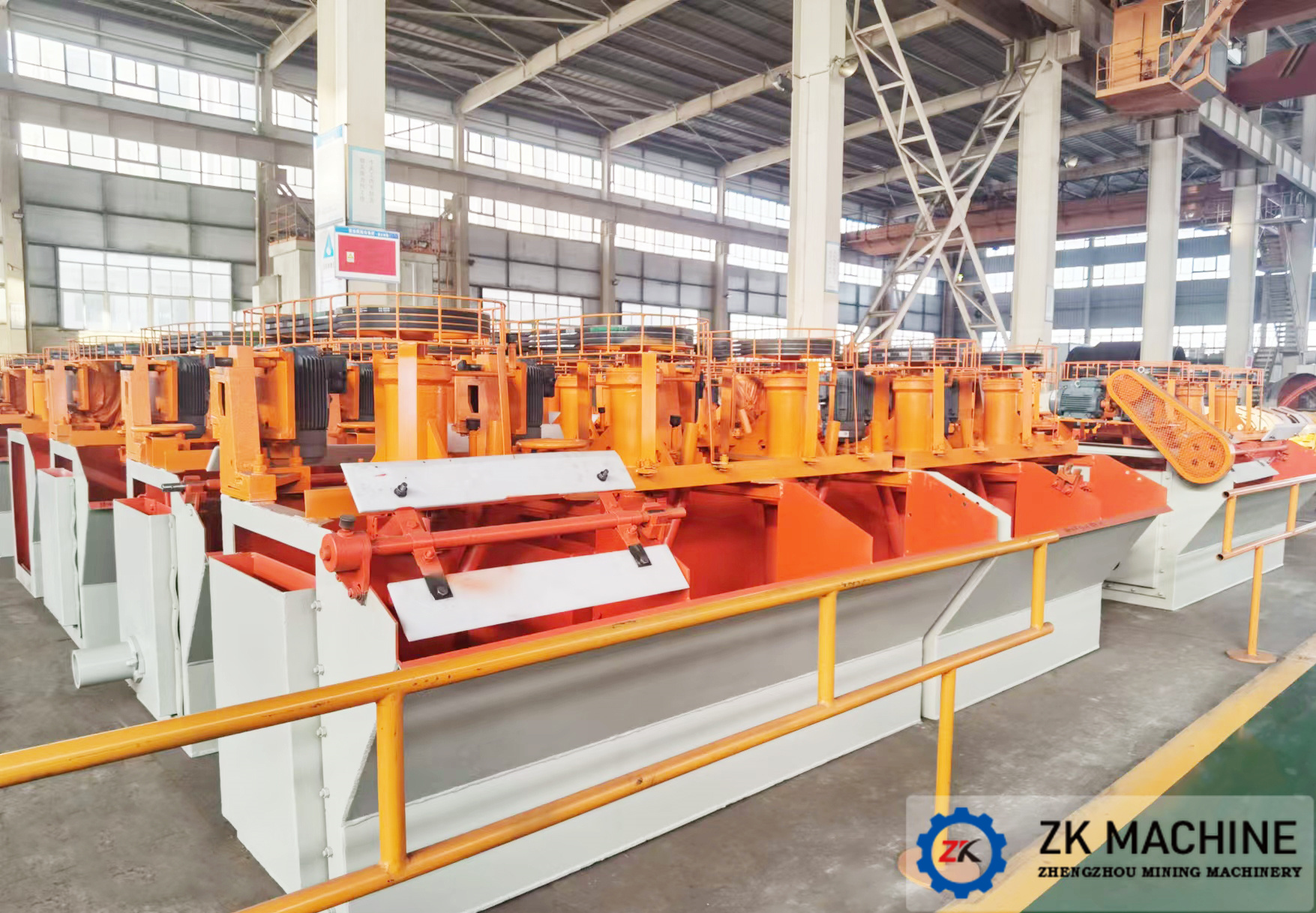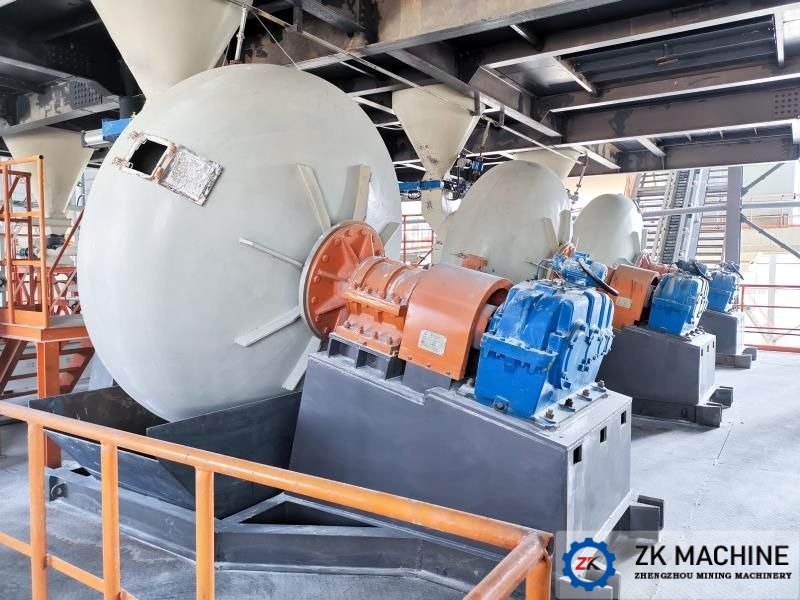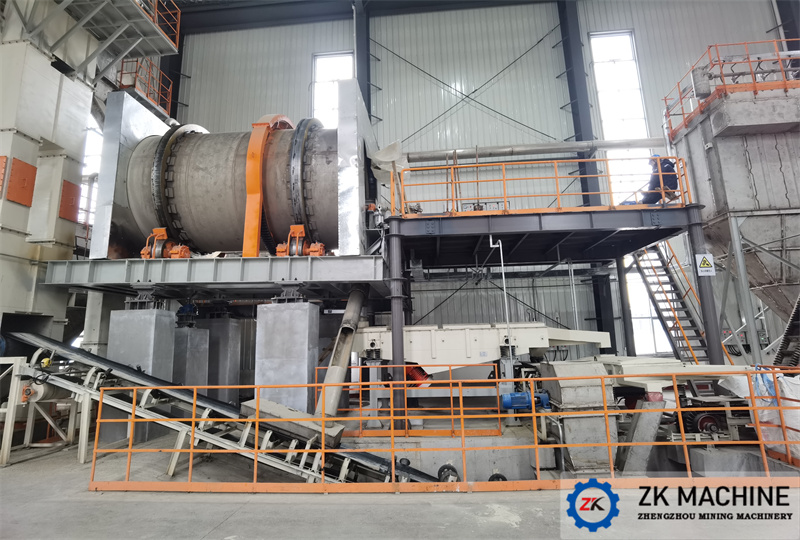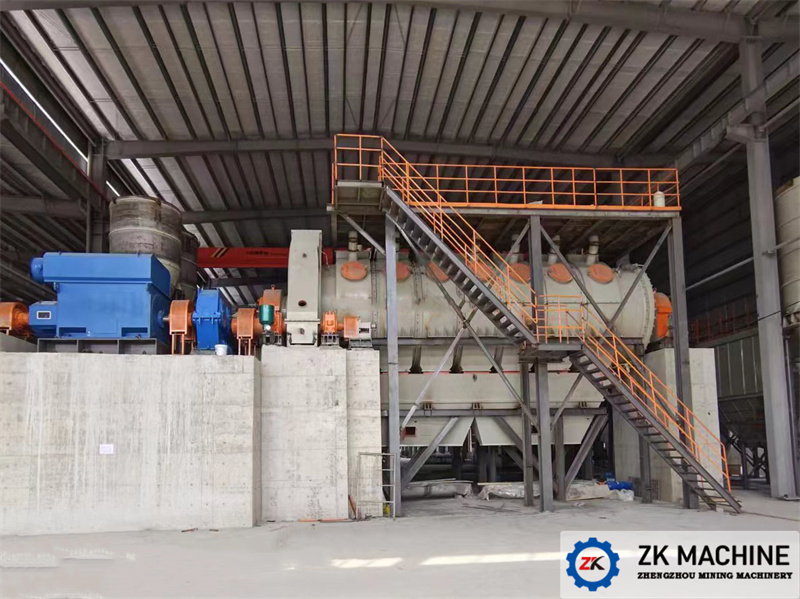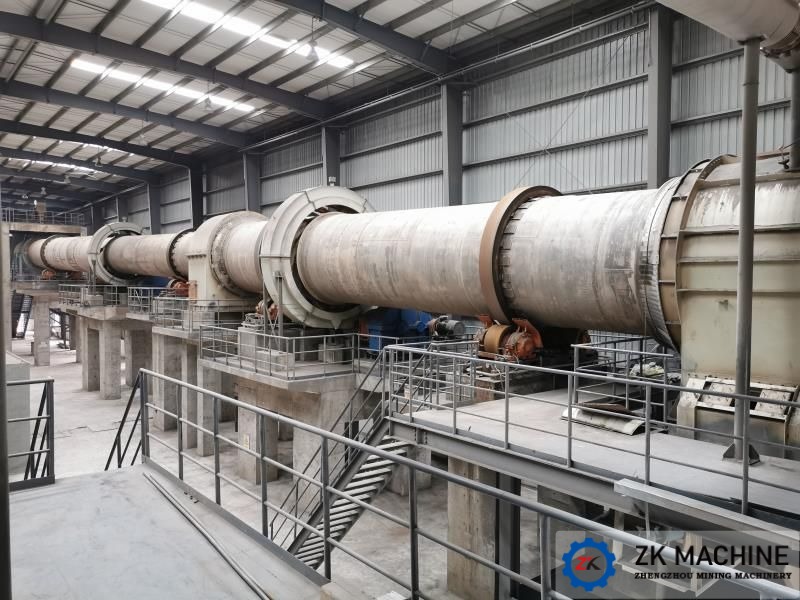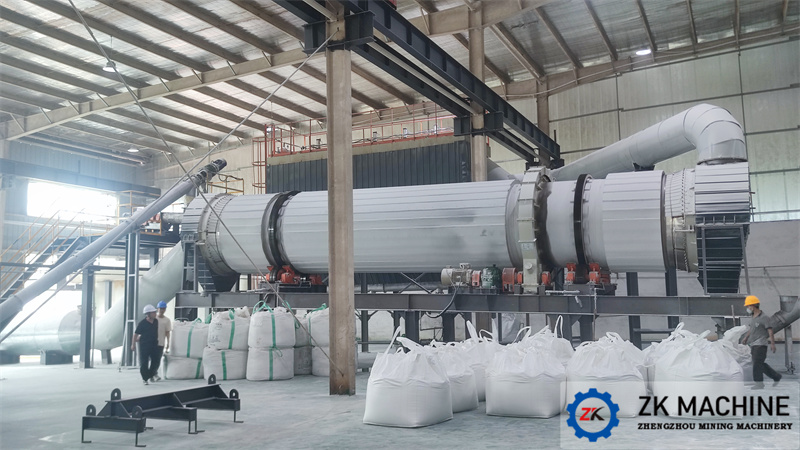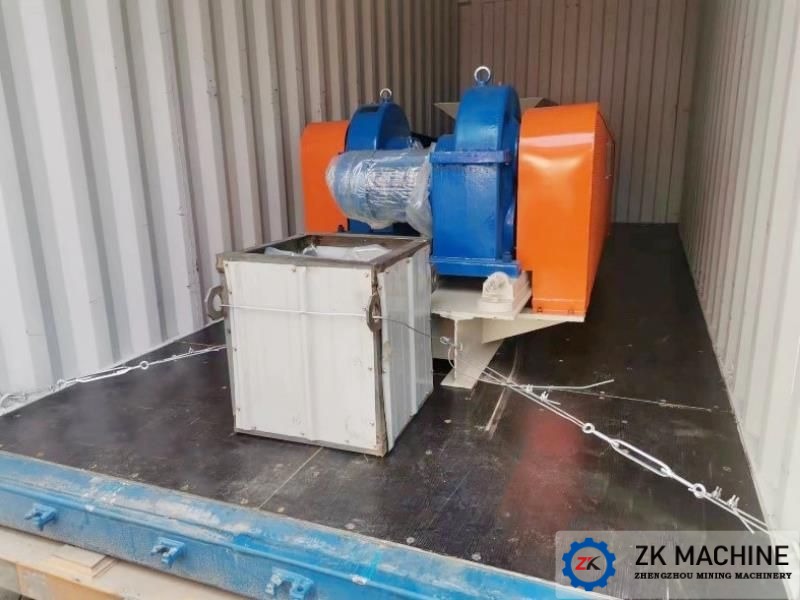The Influence of Vibrating Feeder on the Output Capacity of Jaw Crusher
Jaw crushers are widely used in mining and smelting, building materials, highways, railways, water conservancy and chemical industries, for the crushing of various ore and bulk materials. Jaw crushers are generally used as coarse crushing equipment in ore production lines, and their production capacity has an important impact on the production efficiency of the entire production line. Feeding is the first step of a crushing production line, and it is often crushed with a jaw crusher, which has an important impact on the production capacity of the jaw crusher. In order to increase the production capacity of the jaw crusher, the feeder must be used correctly.
Strictly control the feeding size
Many production personnel always use the measured feed inlet size as the maximum feed size, so that the raw materials can easily block the cavity. Although it is not blocked repeatedly, every time it is blocked, the equipment will not operate normally for a long time. Therefore, strictly controlling the particle size of the raw materials is one of the most important prerequisites to ensure the normal operation of the jaw crusher. Practice has proved that when the maximum raw material particle size is 0.8-0.9 times the size of the feed inlet, the jaw breaker is not prone to jam and blockage.
Strictly control the feeding quantity to prevent the blockage caused by excess
Since the working principle of jaw crusher is half-rhythmic work, if too much material is put in, the material will not be broken in time, and the broken material cannot be eliminated in time, resulting in material jam. Therefore, excessive feeding will affect the production capacity of the jaw crusher.
Rhythm feeding, control feeding to ensure the normal operation of jaw fracture
Adjust the angle of the feeder to avoid vertical feeding. If the dump truck is used for direct unloading, the disadvantage of vertical receiving is even more serious. Therefore, it is necessary to adjust the angle of the lower silo to ensure that the feeding is smooth and does not press, and the rhythm of the feeder and the processing rhythm of the jaw crusher are consistent, which is the technical guarantee for normal feeding. In addition, the horizontal stroke of the movable jaw, the engagement angle of the discharge layer, the rotation speed, and the material humidity are also factors that affect the production capacity of the jaw crusher. These factors can also be adjusted to improve the jaw failure performance.

